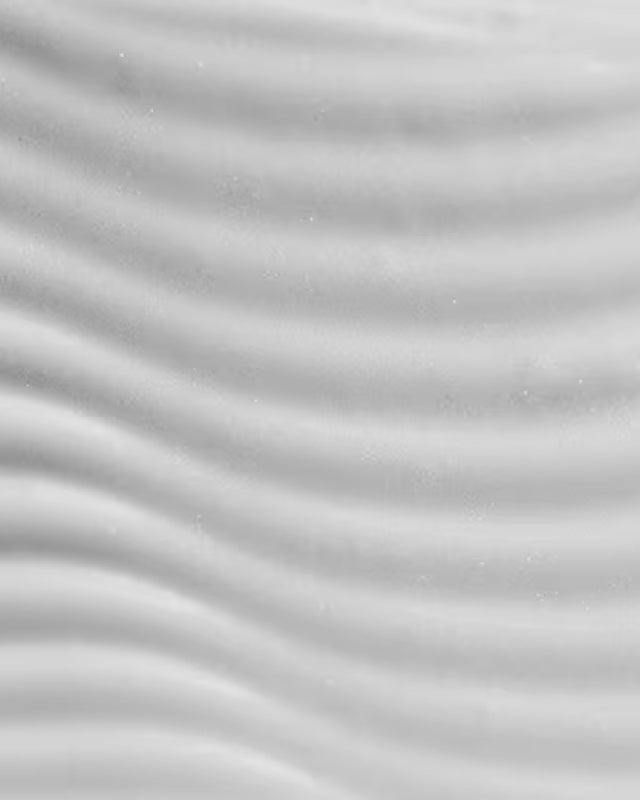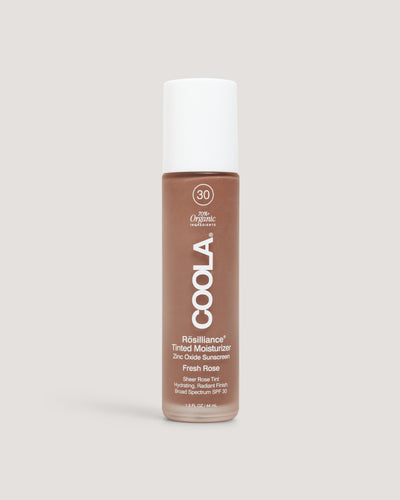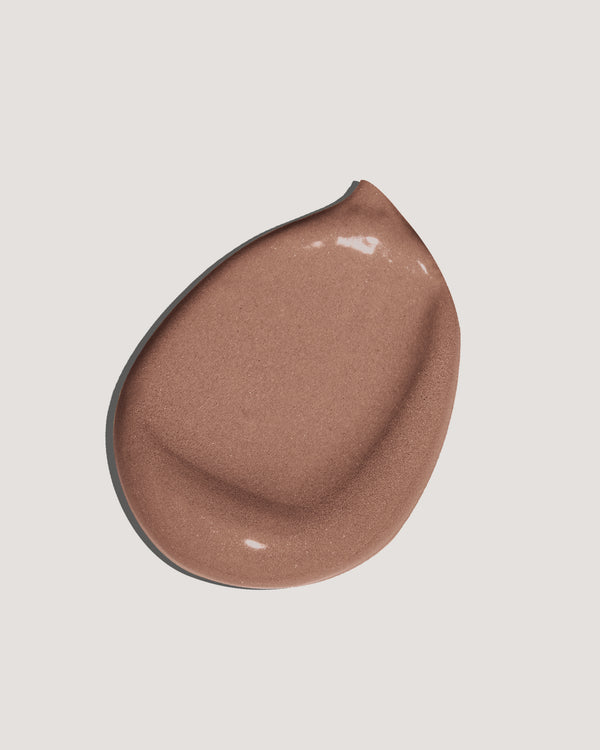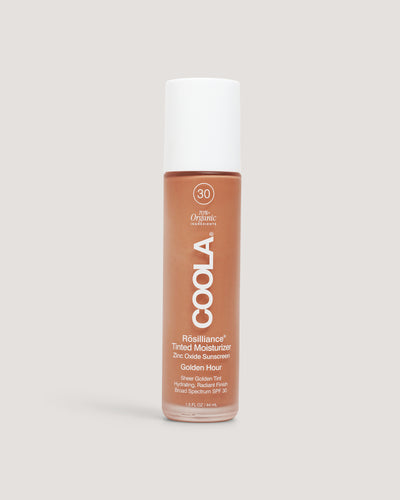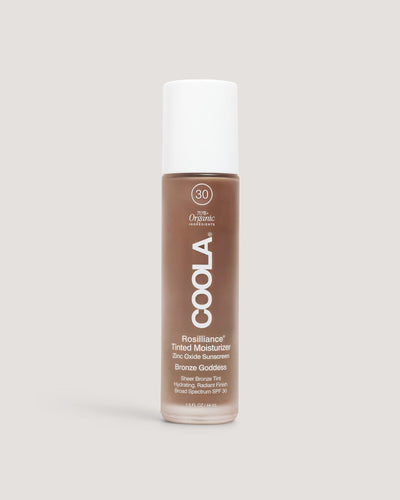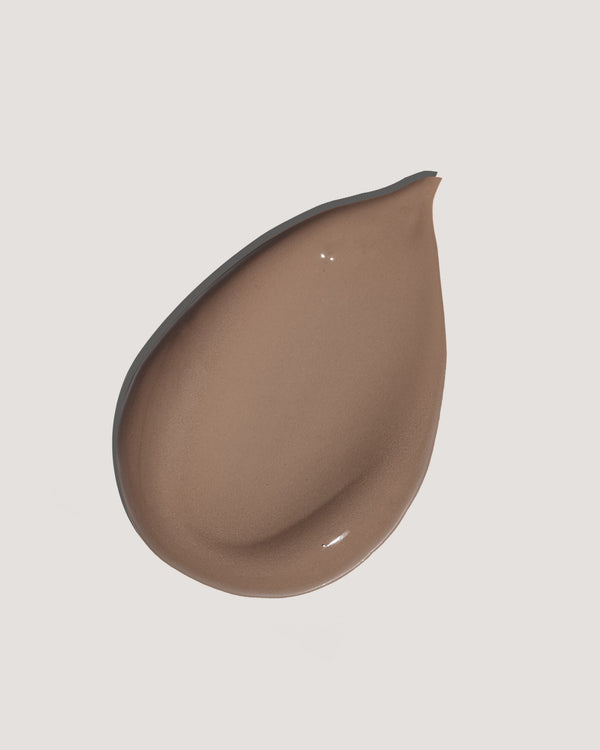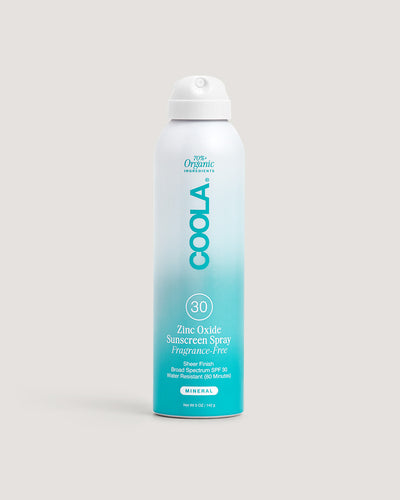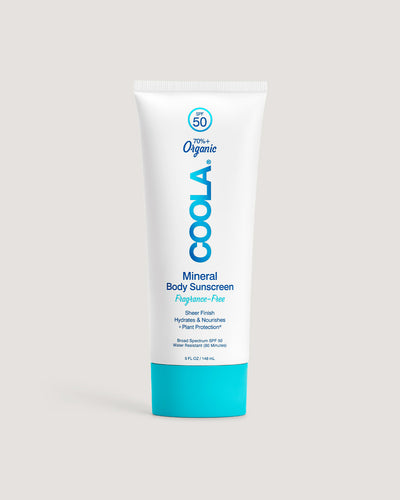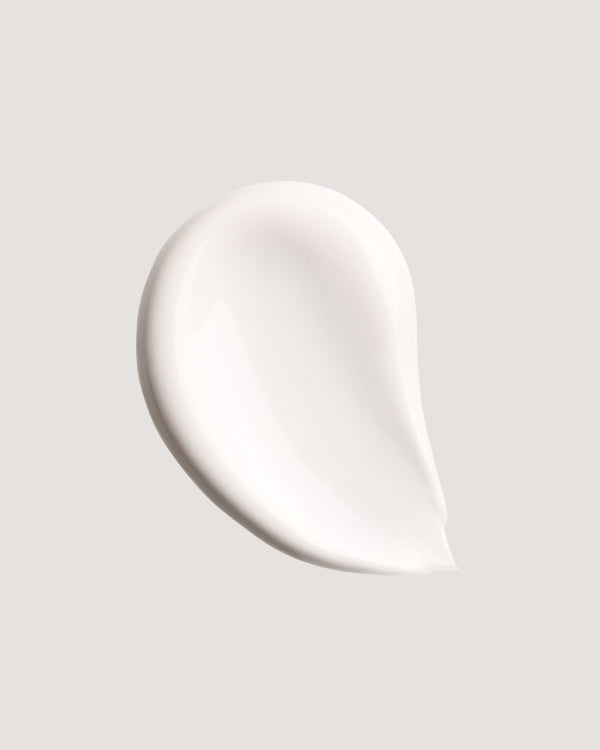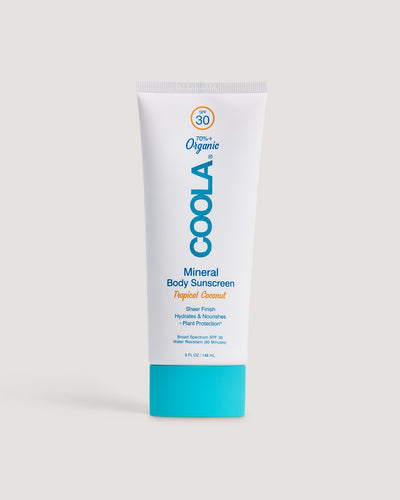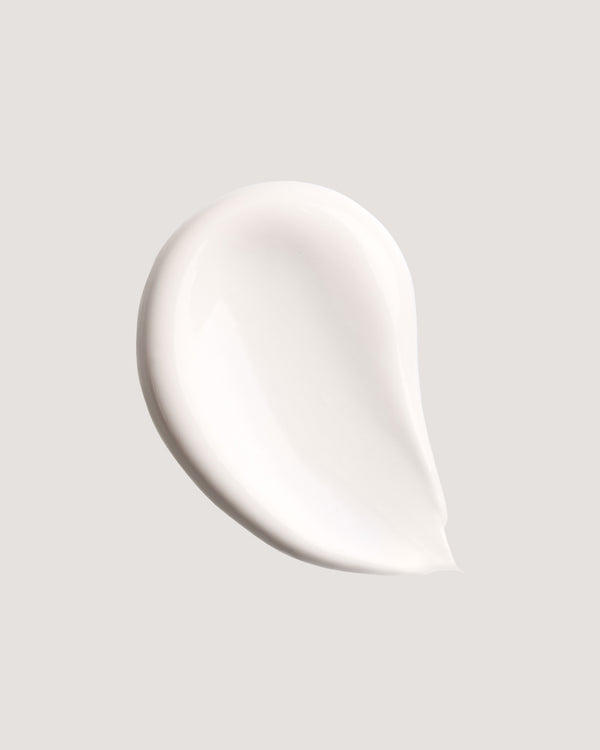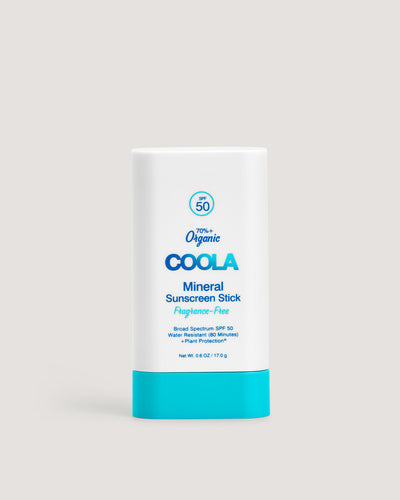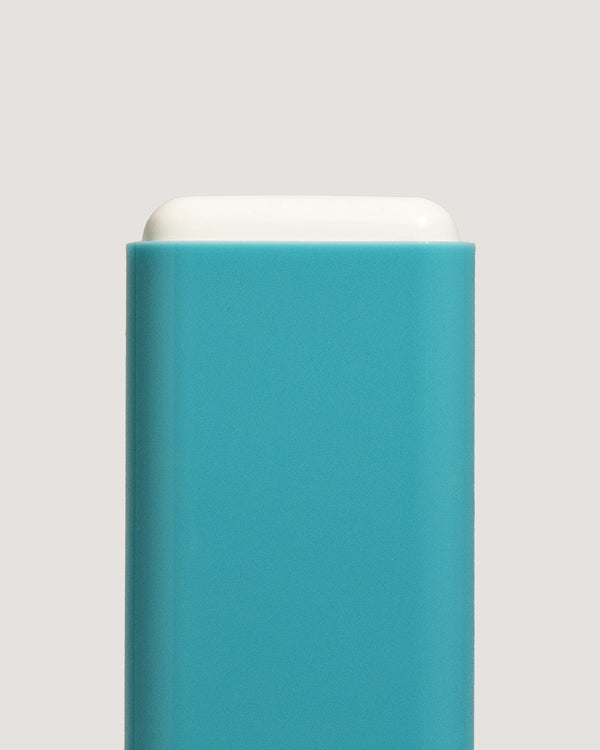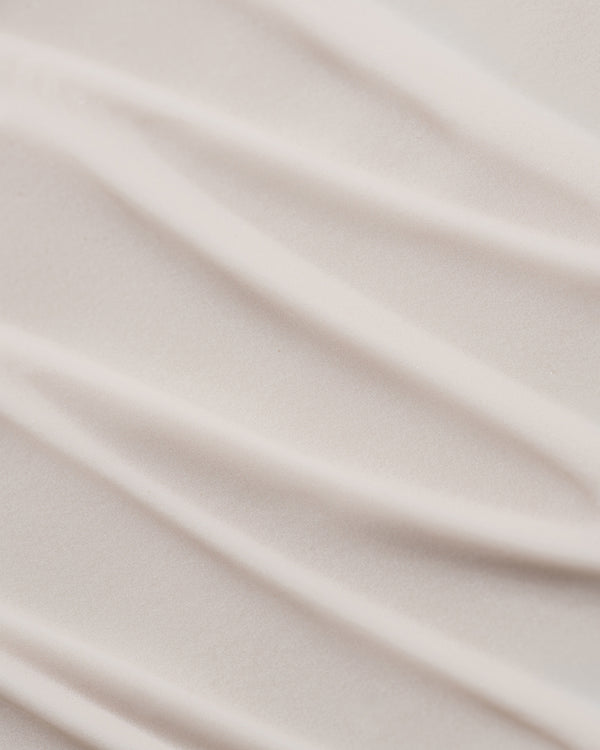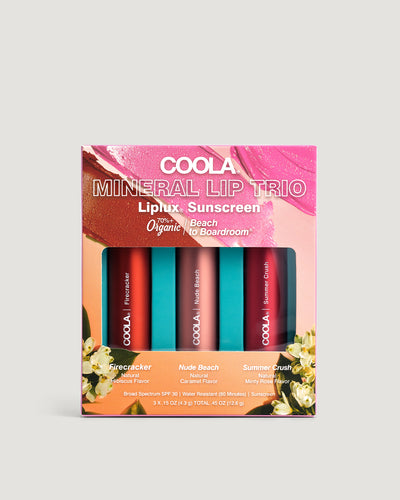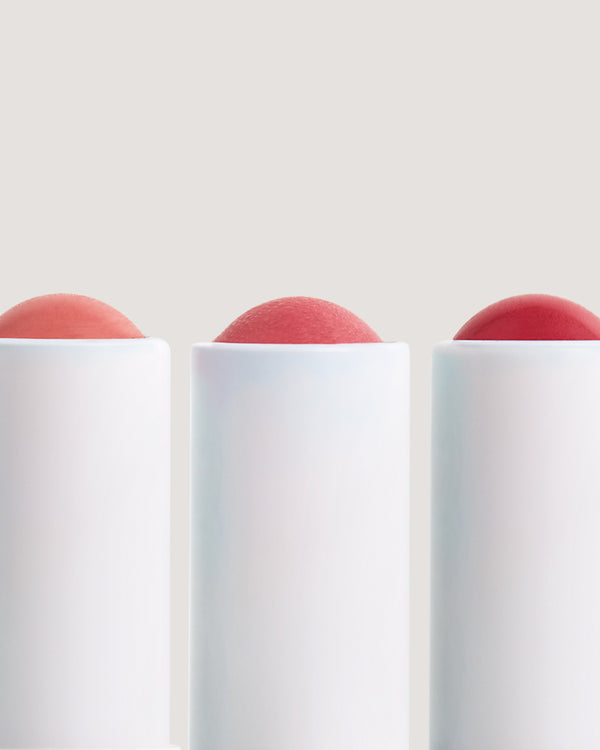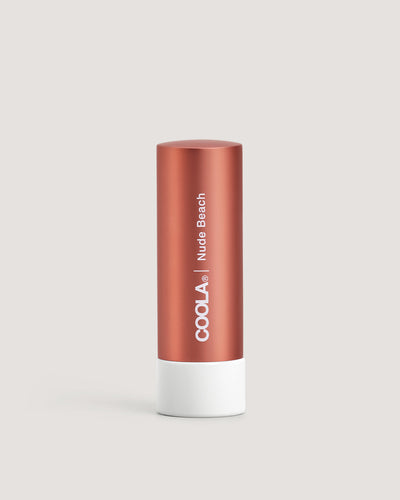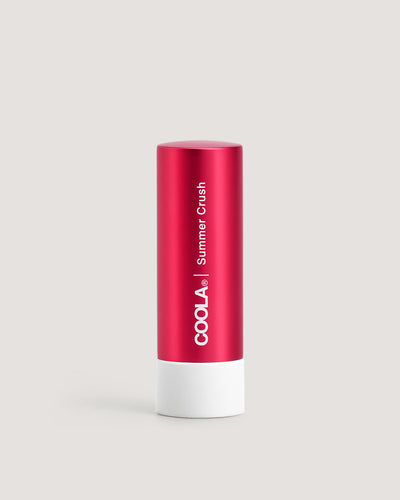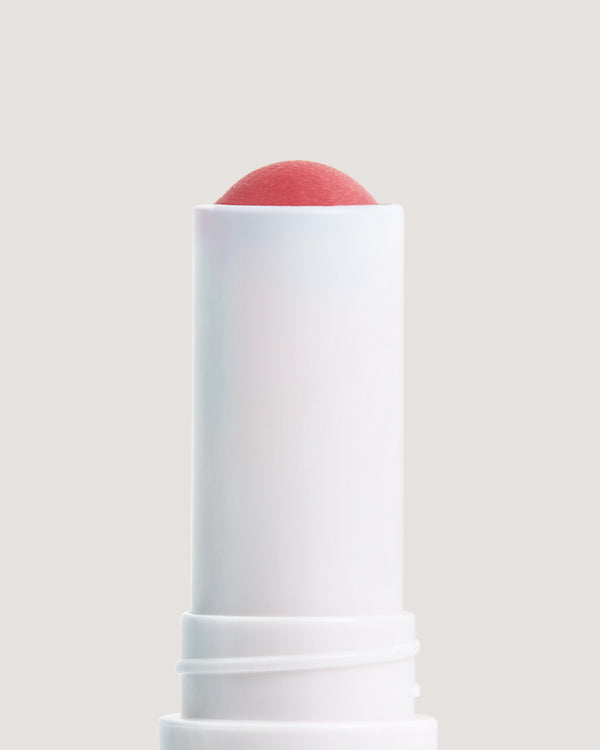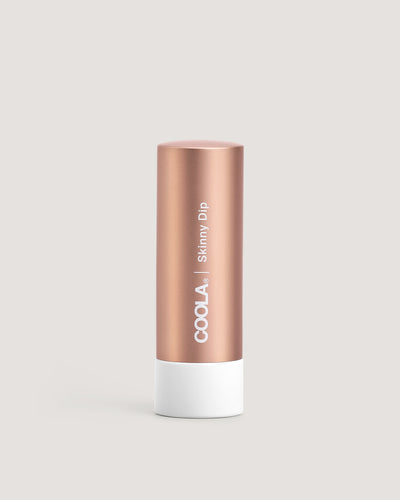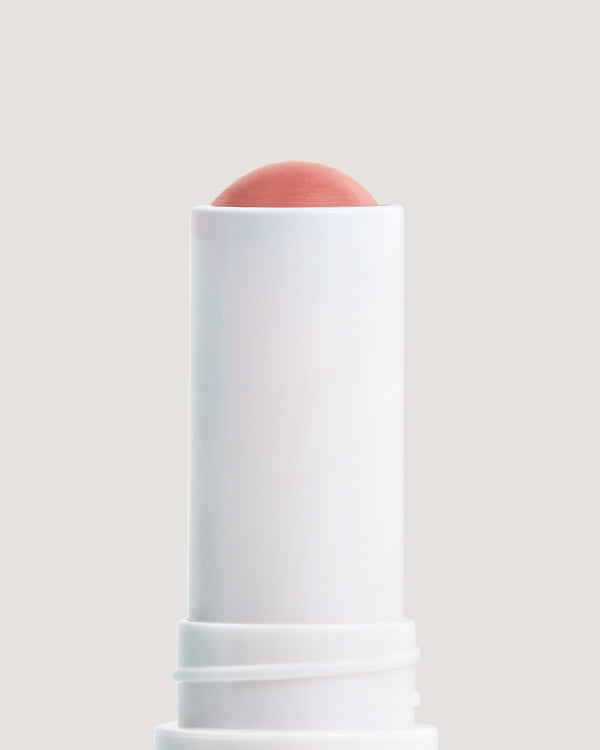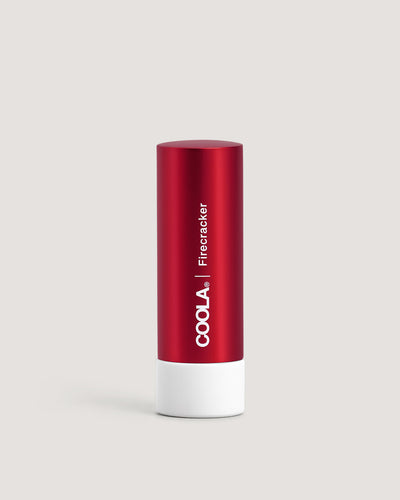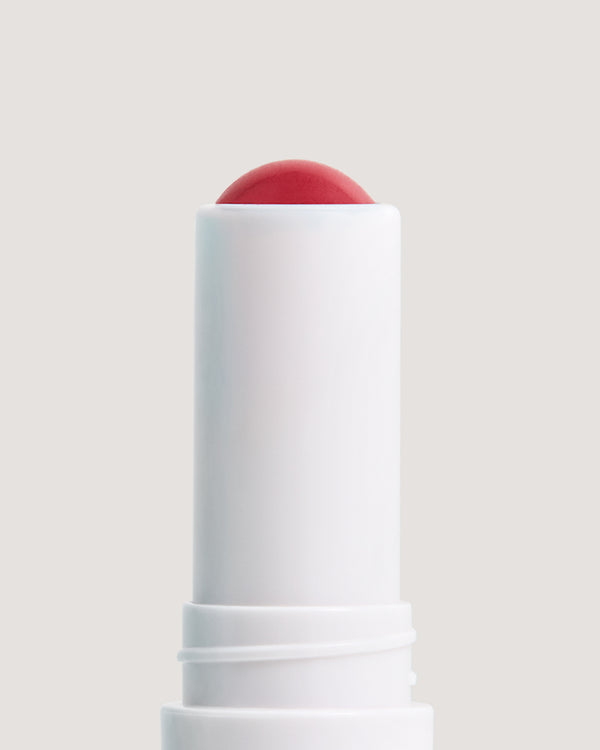
Mineral Sunscreen
Daily Mineral Sunscreen
COOLA’s mineral sunscreen collection is made for those who want gentle, effective SPF that’s as wearable as it is protective. Formulated with zinc oxide and titanium dioxide, our mineral SPFs create a physical barrier to help protect your skin from UVA and UVB rays, ideal for sensitive, breakout-prone, or reactive skin types.
Choose from lightweight mineral oil-free moisturizer, zinc oxide sunscreen lotion in tropical coconut, and SPF lip balms with a hint of tint. Whether you’re headed to the beach or need an everyday base under makeup, these formulas deliver breathable, broad-spectrum protection that fits seamlessly into your routine.
Our mineral sunscreens are thoughtfully crafted with vitamin E and skin-supporting ingredients that help hydrate, soothe, and defend against environmental stressors. Many options are fragrance-free, making them a great choice for daily wear on all skin types.
Explore the full collection to find your ideal zinc oxide sunscreen for face, body, and lips.


